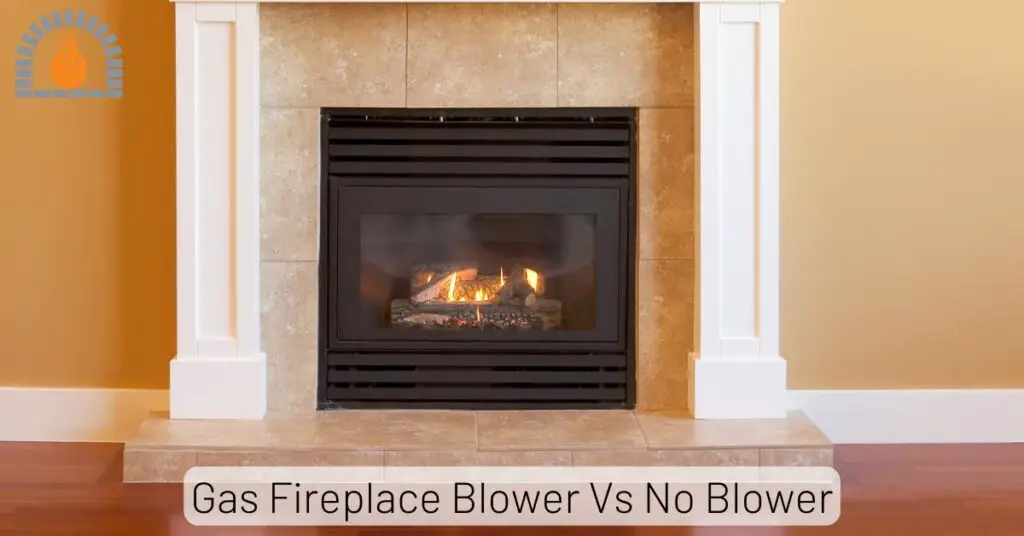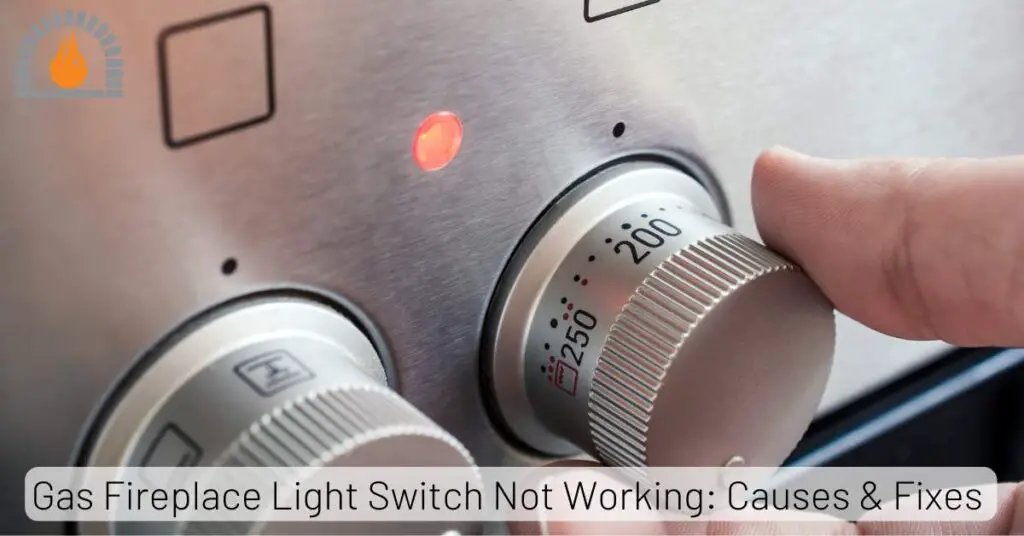The allure of a crackling fire on a chilly evening is undeniable and for those fortunate enough to have a gas fireplace, the warmth, and ambiance are just a flick of a switch away.
However, the prospect of operating a gas fireplace can be daunting for first-time users. With safety concerns and operational nuances to consider, knowing how to utilize this modern amenity properly is essential. So, how to use a gas fireplace for the first time?
Getting Acquainted with Gas Fireplace Components
Upon first inspection, your gas fireplace may seem intricate, but fear not! Let’s break down its components:
- Main Control Valve: This valve regulates gas flow to the fireplace.
- Pilot Light: A small flame that ignites the gas when the fireplace is turned on.
- Thermocouple: A safety device that senses if the pilot light is on and allows gas to flow to the burner if it is.
- Burner: Where the gas is ignited and produces flames.
- Logs or Media: These components mimic the appearance of a traditional wood-burning fire.
How to Use a Gas Fireplace for the First Time?
- Familiarize Yourself with the Manual
- Before proceeding, consult the manufacturer’s manual for specific instructions tailored to your gas fireplace model. Each fireplace may have unique features or requirements, so it’s essential to understand them beforehand.
- Take a moment to peruse the manual provided with your gas fireplace. It’s like having a roadmap to your cozy haven. Familiarizing yourself with the manual gives you the knowledge needed for a seamless experience.
- Check Gas Supply
- Ensure that the gas supply to the fireplace is turned on. You can usually find the gas shut-off valve near the fireplace or the utility room.
- Give the gas supply valve a gentle twist, ensuring it’s open and ready to fuel your fireplace’s warmth. It’s the first step in awakening the enchanting flames that will soon dance before you.
- Ignite the Pilot Light
- Locate the pilot light knob or button on your fireplace’s control panel. Depress or turn it to the “pilot” position and hold it down while simultaneously pressing the ignition button.
- With a steady hand and a hopeful heart, press the pilot light knob and listen for the gentle hiss of gas. As you press the ignition button, envision the spark that will ignite the pilot light, signaling the beginning of your fireplace journey.
- Wait for the Pilot Light Ignition
- Once ignited, continue to hold down the pilot light knob for about 30 seconds to allow the thermocouple to heat up. This process ensures that the pilot light remains lit once you release the knob.
- Patience is essential as you wait for the pilot light to catch, its warm glow illuminating the path to coziness. With each passing moment, anticipation builds, heralding the imminent arrival of flickering flames.
- Release the Pilot Light Knob
- After the thermocouple has had sufficient time to heat up, release the pilot light knob slowly. Verify that the pilot light remains lit; repeat the ignition process if it extinguishes.
- With a gentle exhale, release the pilot light knob, keeping a watchful eye on the tiny flame that signifies success. Like a guardian of warmth, the pilot light stands ready to ignite the full blaze of your gas fireplace.
- Turn on the Main Burner
- Once the pilot light is stable, locate the central control knob or switch on your fireplace. Turn it to the “on” position to activate the main burner and ignite the captivating flames.
- With a sense of anticipation, turn the central control knob, unleashing the full potential of your gas fireplace. As the burner ignites, watch in awe as flames dance to life, casting a mesmerizing glow across the room.
- Adjust Flame Height (if applicable)
- Depending on your fireplace model, you can adjust the flame height for optimal comfort and ambiance. Refer to your manual for instructions on changing the flame settings.
- Fine-tune the flame height to your liking, whether you prefer a roaring blaze or a subtle flicker. You can tailor the ambiance to suit any mood or occasion with a simple adjustment, creating a haven of warmth and tranquility.
Related Post: Gas Fireplace Safety Check
Safety Precautions Before Use
Safety should always be the top priority when operating a gas fireplace. Before igniting the flames for the first time, ensure the following precautions are in place:
- Inspect Gas Lines: Check for any signs of damage or leaks in the gas lines leading to the fireplace.
- Ventilation: Ensure proper ventilation in the room to prevent the buildup of carbon monoxide.
- Clear Surroundings: Remove any flammable objects or materials from the vicinity of the fireplace.
- Carbon Monoxide Detector: Install a carbon monoxide detector near the fireplace for safety.
Related Post: What To Do If You Accidentally Left Gas Fireplace On?
FAQs
Can I Leave My Gas Fireplace On Overnight?
While modern gas fireplaces are designed with safety features, leaving them unattended or on overnight is generally not recommended. Always follow manufacturer guidelines and never compromise on safety.
How Often Should I Clean My Gas Fireplace?
Regular maintenance is essential to ensure optimal performance and safety. Clean the glass doors, remove debris from the burner, and inspect for any signs of wear or damage at least once a year, preferably before the start of the heating season.
What Should I Do If I Smell Gas?
If you detect the odor of gas near your fireplace, immediately extinguish the flames, ventilate the area, and contact your gas provider or a qualified technician to inspect for leaks.
Can I Install a Gas Fireplace Myself?
A licensed professional should always install gas appliances to ensure compliance with safety regulations and proper functioning.
How Do I Know If My Pilot Light Is Out?
If your gas fireplace fails to ignite or the flames extinguish shortly after ignition, it’s likely that the pilot light is out. Follow the manufacturer’s instructions to relight the pilot light safely.
Are Gas Fireplaces Energy-Efficient?
Yes, gas fireplaces are generally more energy-efficient than traditional wood-burning fireplaces, as they produce consistent heat without needing constant fuel replenishment or chimney maintenance.
Affiliate Disclosure: Fireplaceadviser.com is a participant in the Amazon Services LLC Associates Program. We may earn a commission when you click on certain links on this site and purchase.

Hello!! I am Jamal Khan. I often fix my home electric heaters and gas stove problems and research the common issues in the heating units to improve my knowledge and expertise. The aim of establishing fireplaceadviser.com is to share my expertise and knowledge with my audience.





